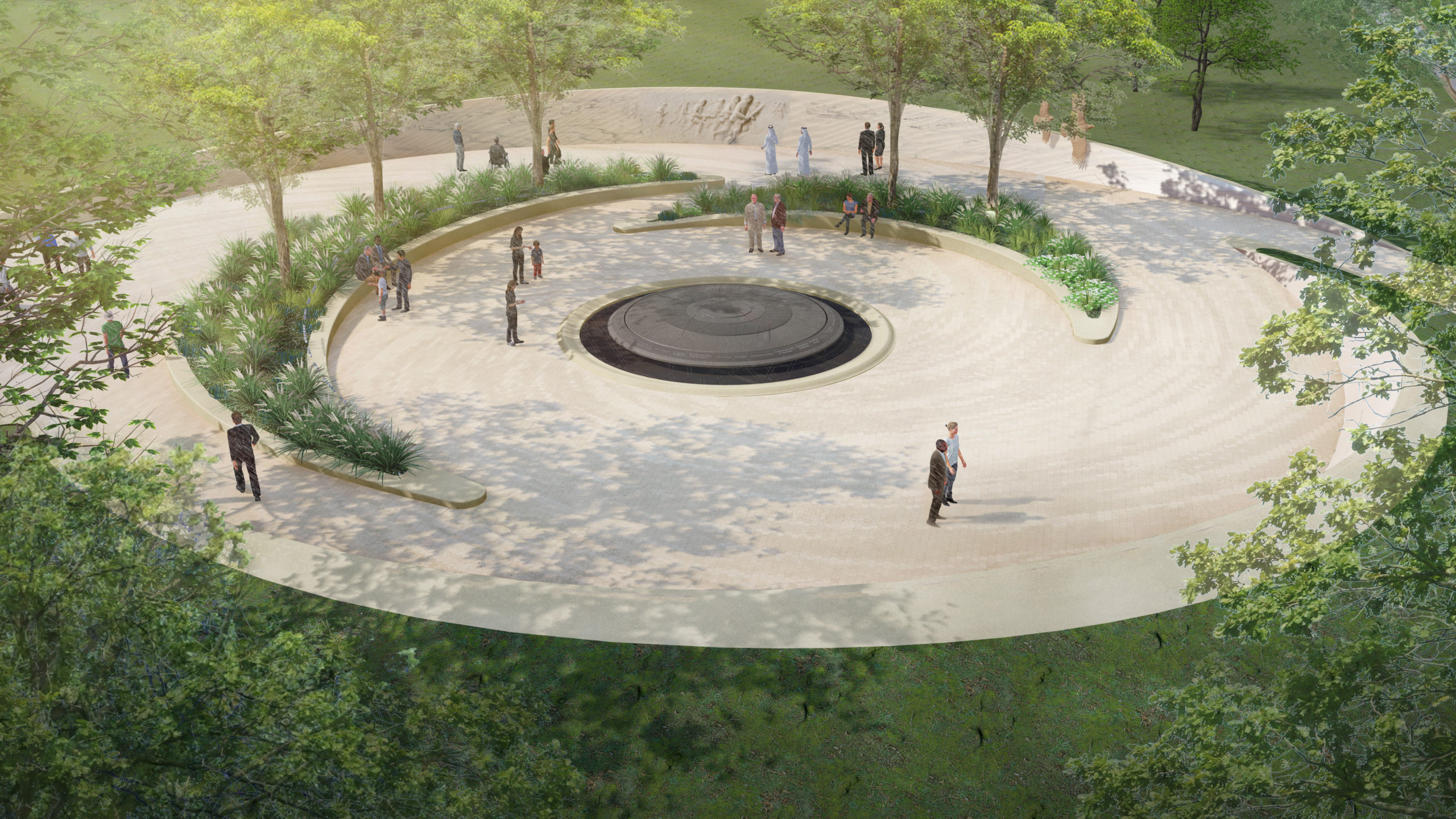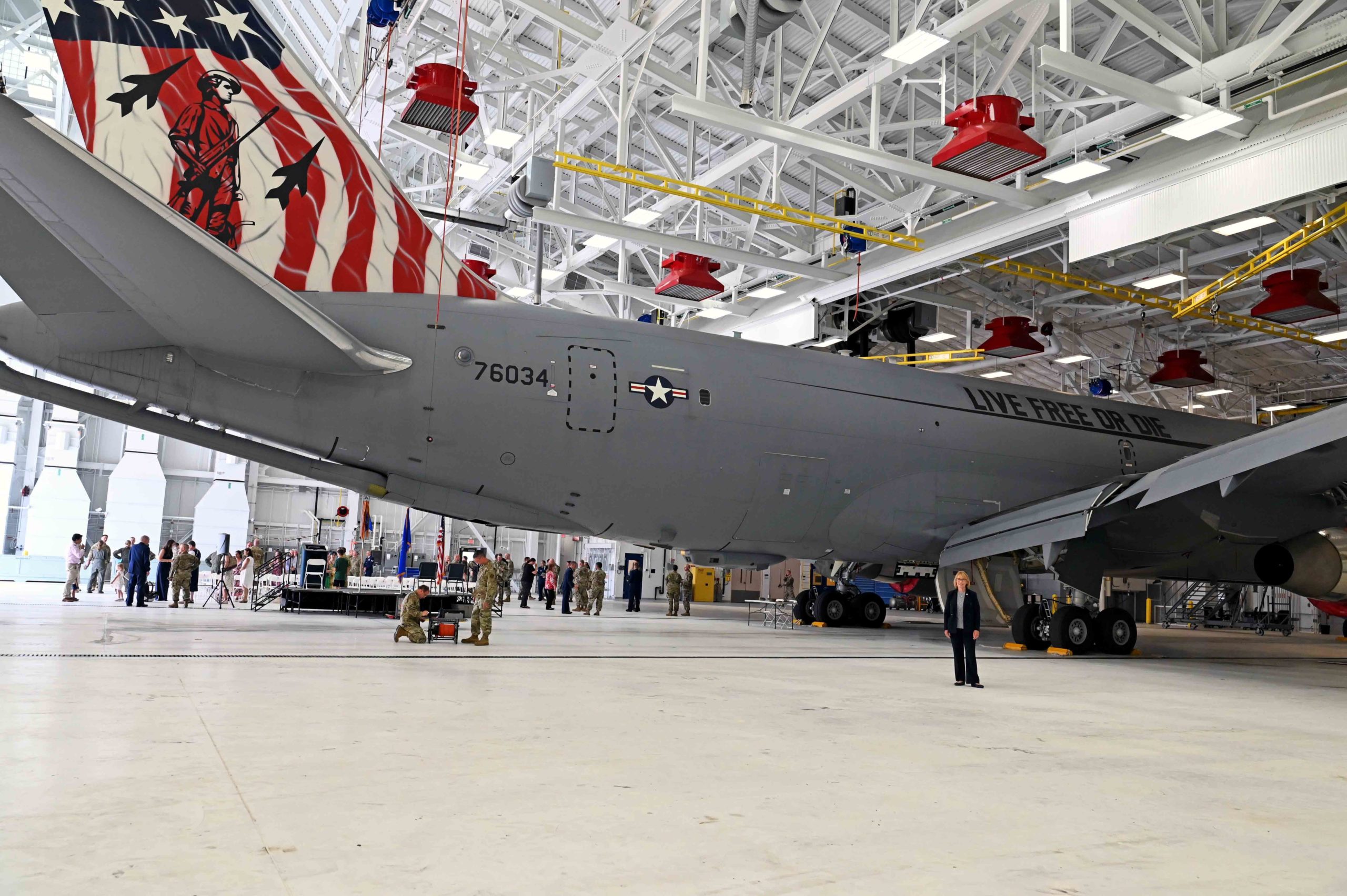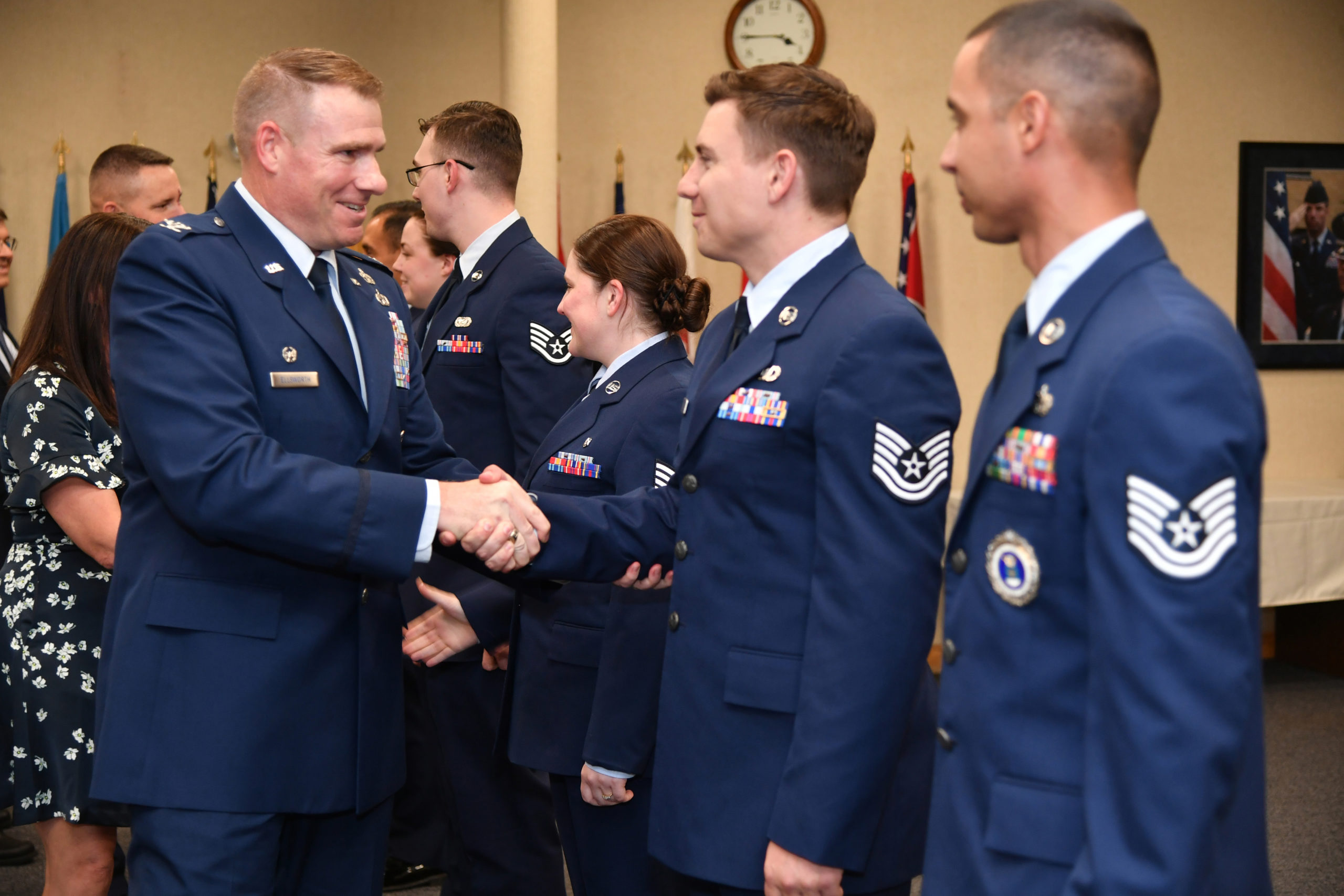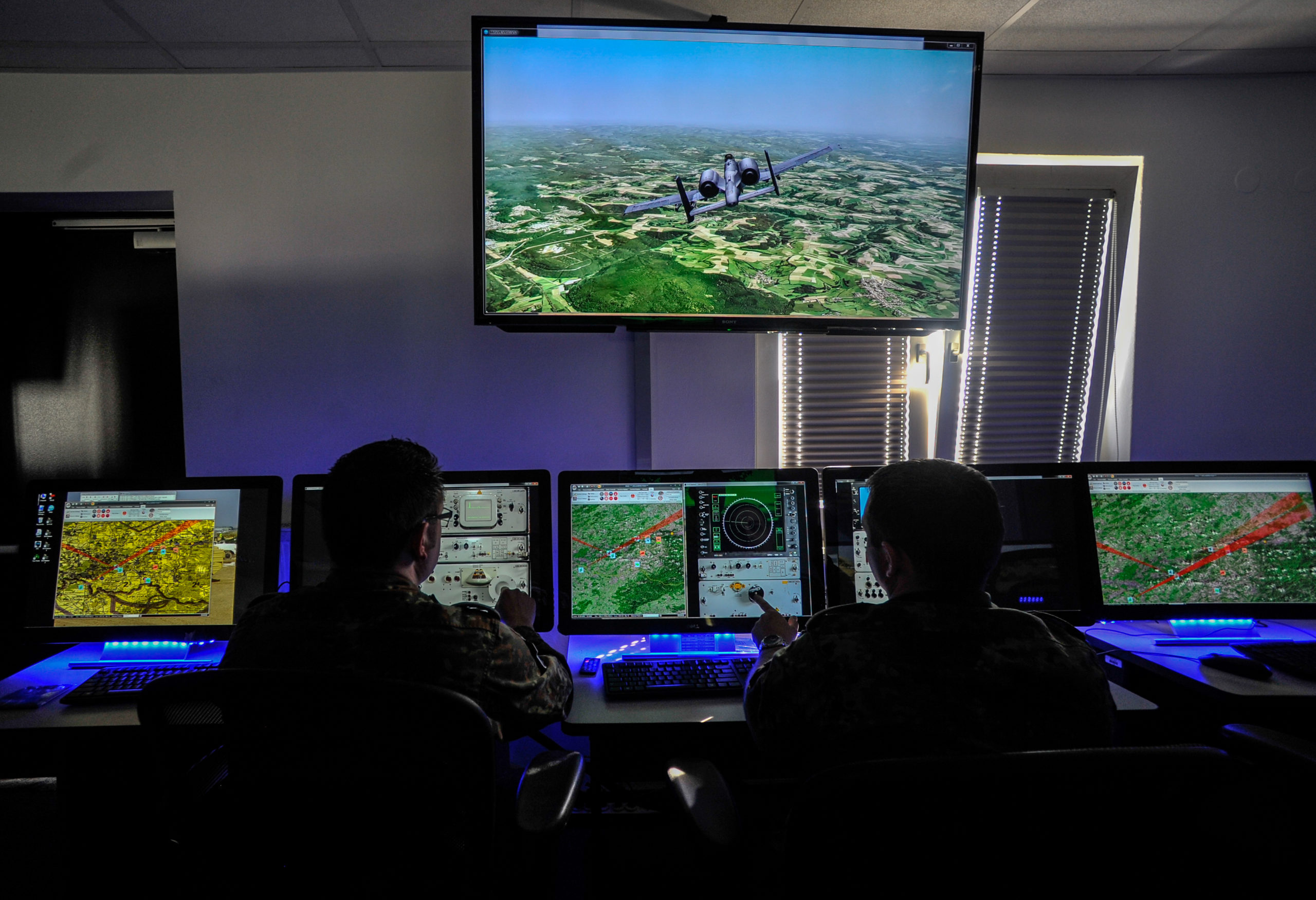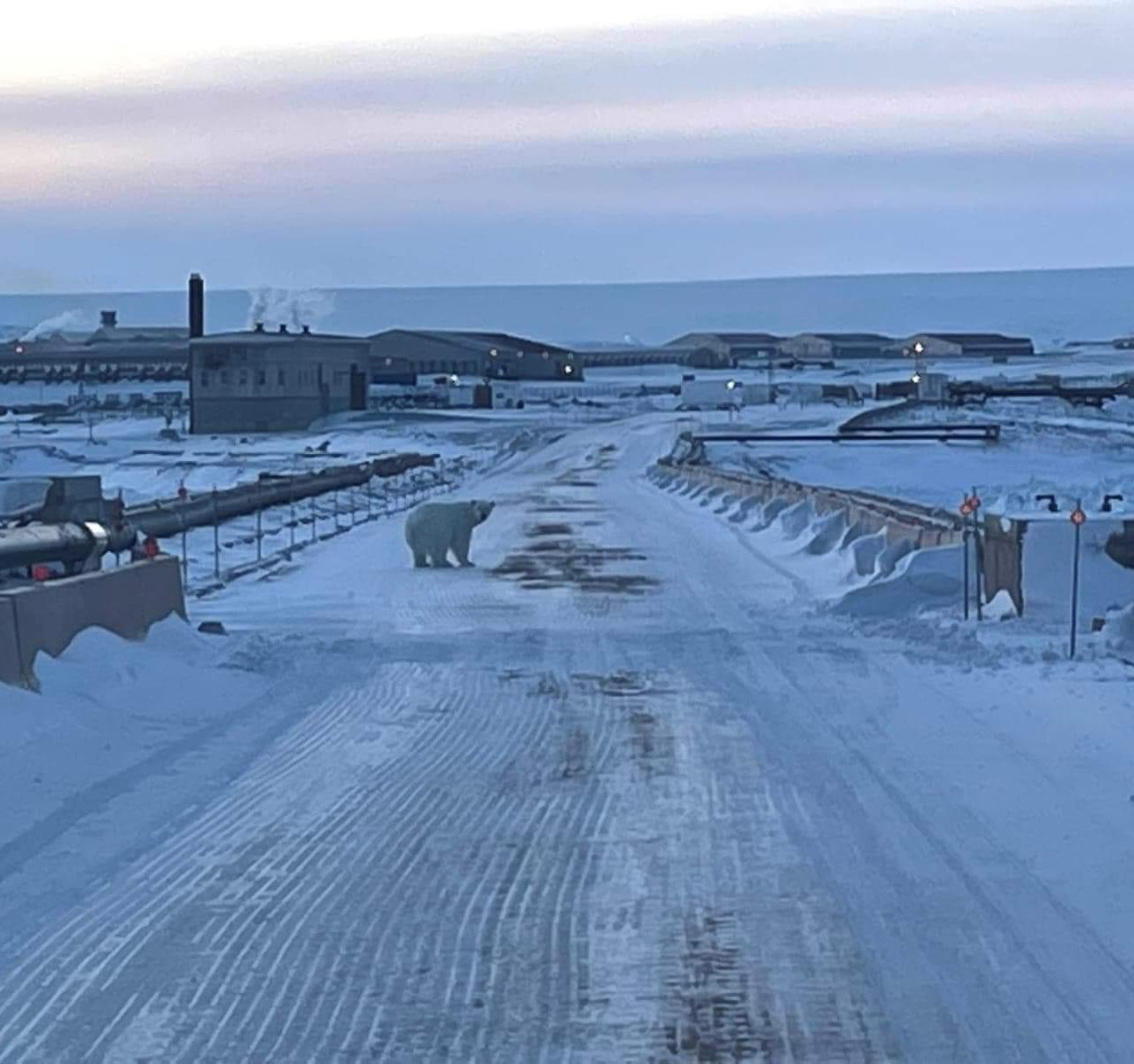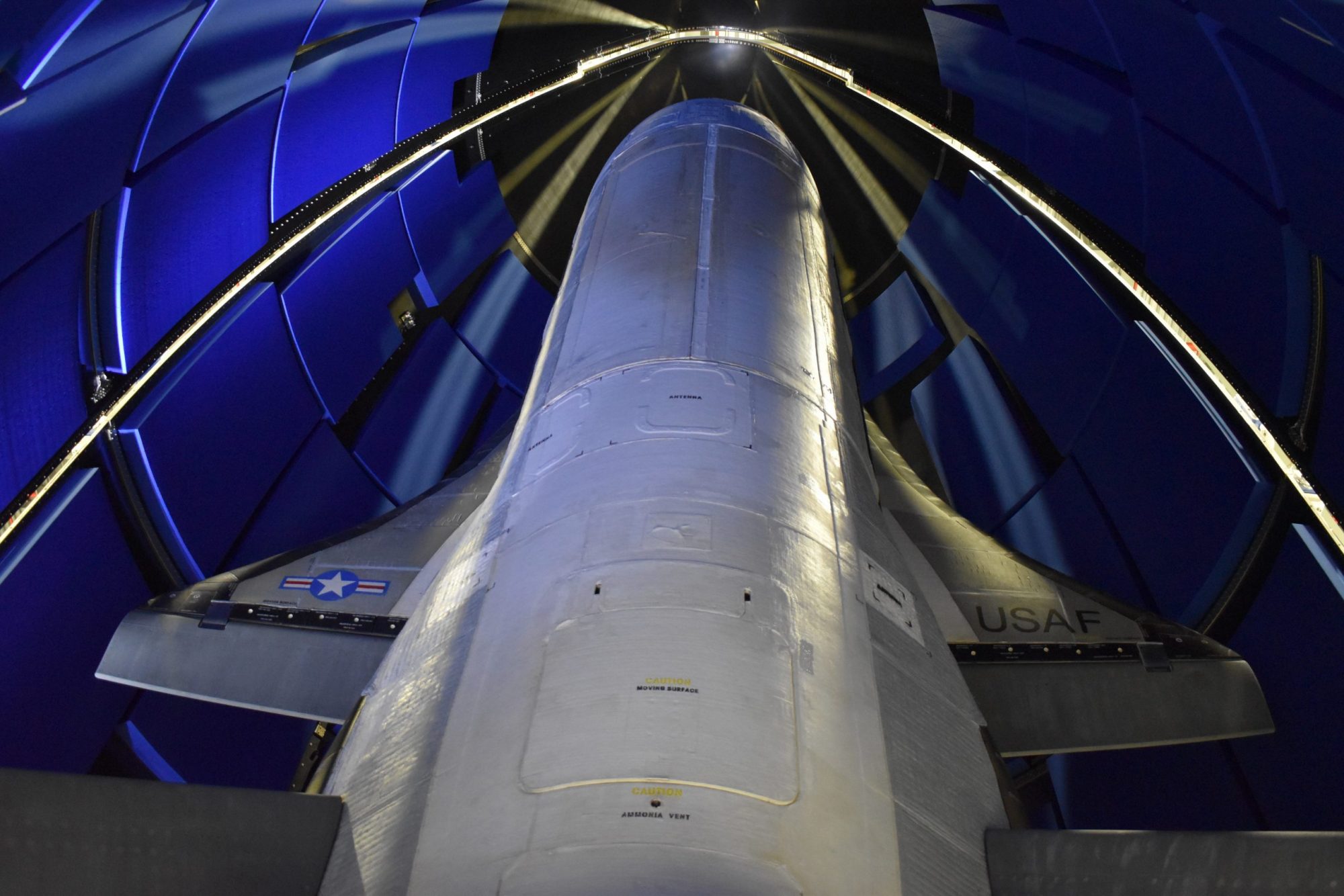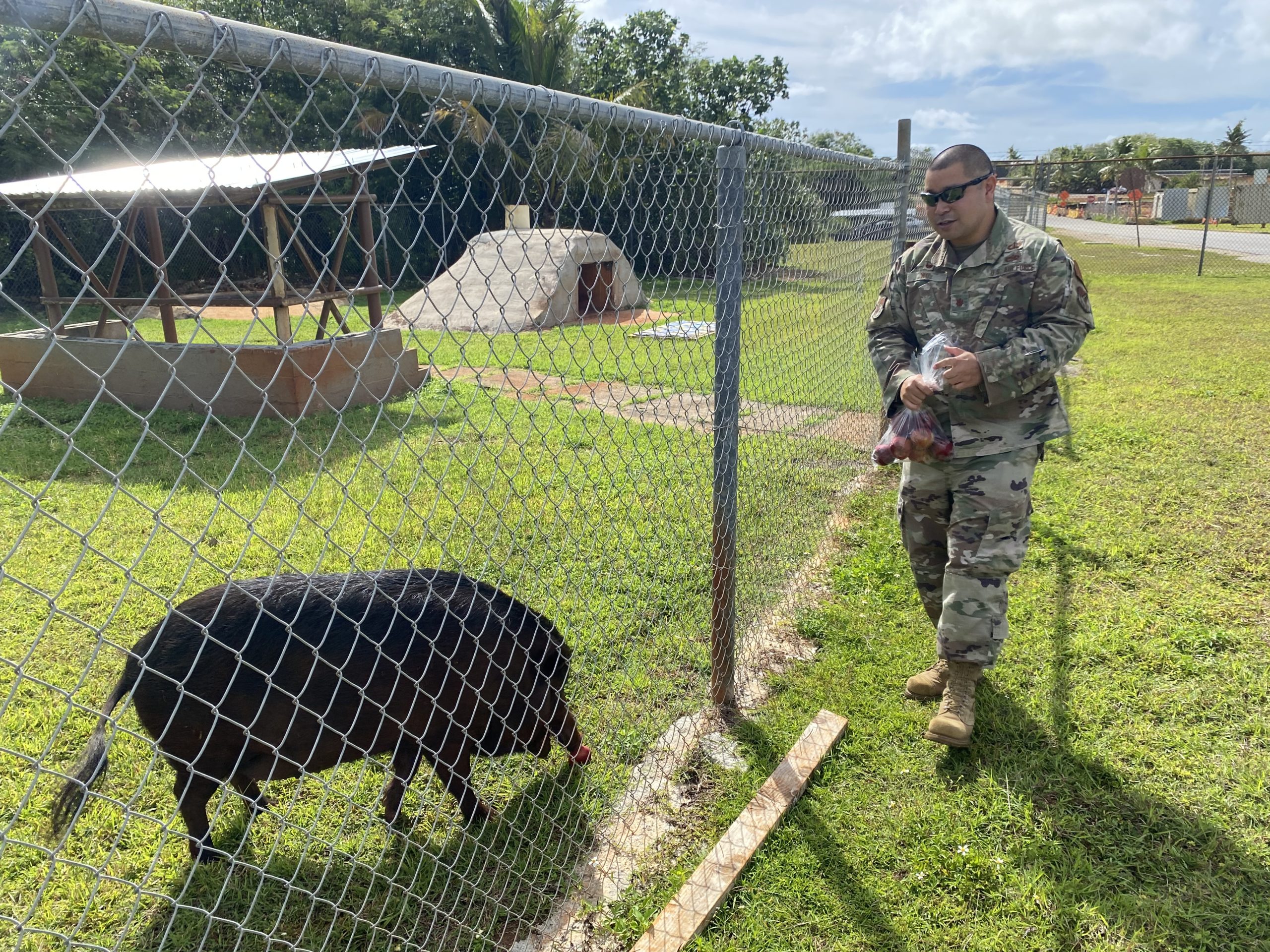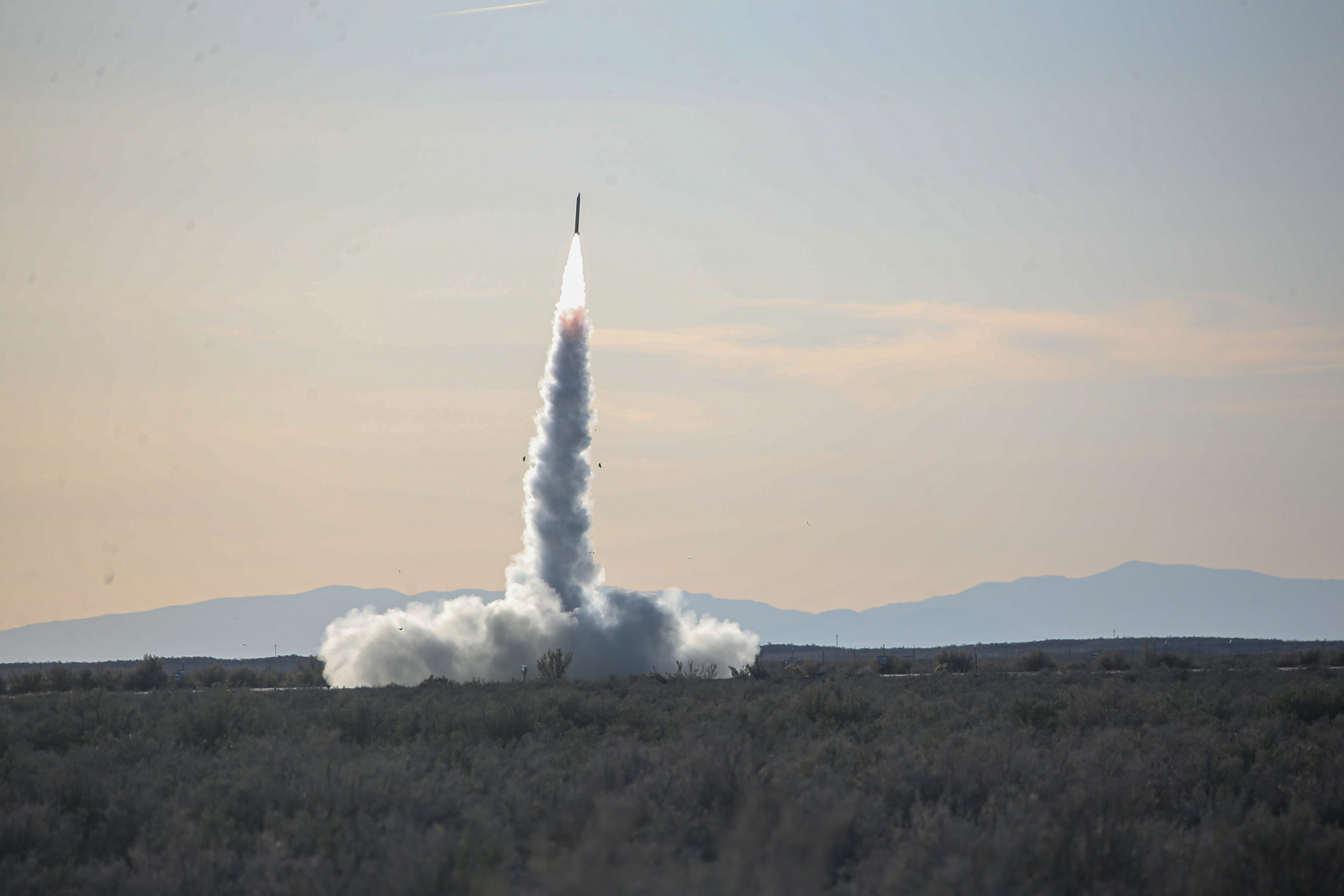The installation of a new monument in Washington, D.C., recognizing Gulf War veterans begins July 14 with the formal groundbreaking of the National Desert Storm and Desert Shield Memorial.
Situated on the National Mall to the north of the Lincoln Memorial, the new park-like monument will honor veterans who served on Active duty in support of the two operations.
The memorial commemorates “the service and sacrifice” of the military personnel who from 1991 to 1992 “liberated Kuwait from Iraq and defended Saudi Arabia and the Arabian Peninsula from further invasion,” according to information from the National Desert Storm Memorial Association. Kuwait is the lead donor contributing to the memorial.

Derived from Gulf War veterans’ responses to a five-question survey, the monument’s design presents the war’s historical events and significance along with the “unique environmental and battle conditions experienced” by the troops who fought in it, according to the association.
Survey replies led the association to conclude that the design should reflect the war’s desert environment; should include a statue of Soldiers wearing chemical warfare protective gear; and should represent the war’s so-called “left hook” maneuver by ground troops—a trick by which the U.S. Army cut off supplies and prompted Iraqi forces’ retreat.
After consideration, the association chose not to feature the names of service members who died in the war because doing so “would omit the names of so many of our comrades who were lost outside of the parameters” of the dates bookending the two operations; and because its educational purpose is distinct from that of monuments such as the Vietnam Veterans Memorial, which is meant instead as “a place of mourning, healing, and reconciliation.”

“This memorial represents and includes many degrees of sacrifice,” according to the association, including that of those who died in theater, those who since died as a result, “and those who are currently suffering as a result of their honorable service.”
Retired Air Force Lt. Gen. David A. Deptula, dean of AFA’s Mitchell Institute of Aerospace Studies, served as a principal architect of Desert Storm’s air campaign and said the war was historically significant because, among other reasons, it “set expectations for low casualties,” “presaged the age of precision weapons,” marked the first use of a joint force concept of operations, and was the first time “airpower was the key force” in achieving victory.
The association intends to complete the memorial’s construction by Veterans Day of 2024. The groundbreaking will be livestreamed at www.ndswm.org/live at 10 a.m. Eastern time July 14.
